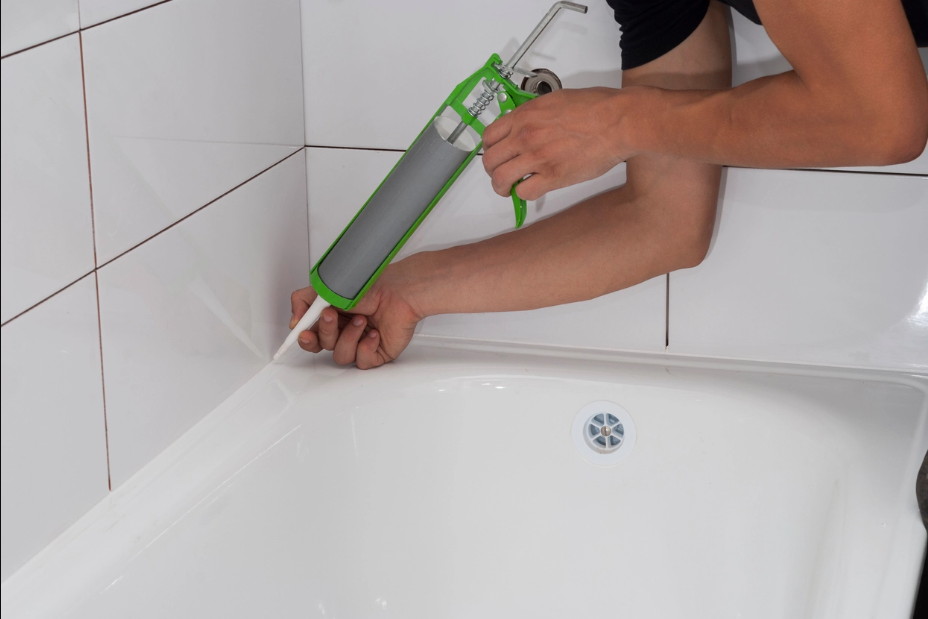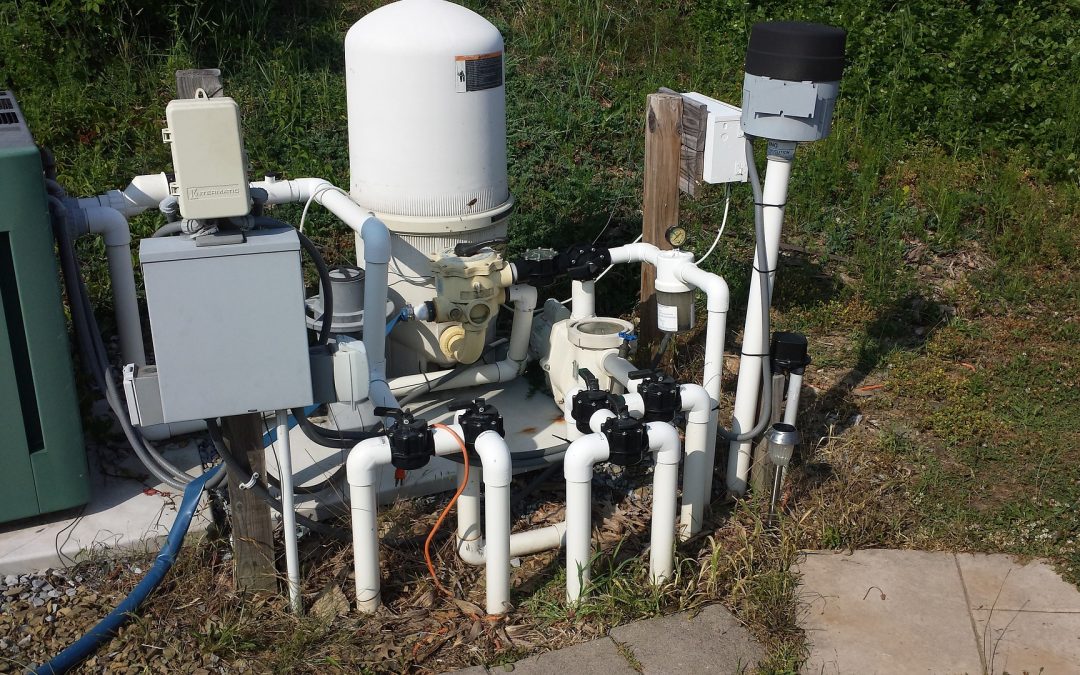
by neogek1@gmail.com | Oct 26, 2023 | Stories
Plumbing is an integral part of our homes, providing us with clean water for drinking, cooking, and bathing and removing waste and wastewater. While we often take our plumbing systems for granted, they require regular maintenance to function efficiently and prevent costly issues. In this blog, we will explore the importance of regular plumbing maintenance and provide some tips on keeping your plumbing in excellent condition.
Preventing Costly Repairs
One of the most significant benefits of regular plumbing maintenance is the prevention of costly repairs. When you schedule routine inspections and maintenance, a trained plumber can identify minor issues before they escalate into major problems. For example, a small leak in a pipe can quickly turn into a burst pipe, causing water damage to your home. Addressing these issues early can save you from expensive repair bills and potential property damage.
Maintaining Water Efficiency
Regular plumbing maintenance can also help you maintain water efficiency in your home. A plumber can check for leaks, fix dripping faucets, and ensure your fixtures are in good working condition. This not only conserves water but also lowers your water bills. In an era where environmental consciousness is on the rise, reducing water wastage is a responsible choice.
Extending the Lifespan of Your Plumbing System
Like any other system in your home, your plumbing has a finite lifespan. Regular maintenance can help extend the life of your plumbing system. Well-maintained pipes, fixtures, and appliances are less likely to fail prematurely. This means you won’t have to replace your plumbing components as often, saving you money in the long run.
Ensuring Water Quality
Water quality is a critical aspect of plumbing maintenance. When pipes are neglected, they can develop rust, corrosion, and mineral buildup, affecting the water quality from your taps. Regular maintenance can identify and rectify issues that might compromise your water quality, ensuring you have clean, safe water for your family.
Tips for Plumbing Maintenance
- Schedule Regular Inspections: Consider scheduling annual plumbing inspections with a professional plumber. They can identify and address issues that might not be visible to the untrained eye.
- Check for Leaks: Periodically check for leaks under sinks, around toilets, and in the basement. Even small leaks can indicate a bigger problem.
- Be Mindful of What You Flush: Avoid flushing items down the toilet that can clog pipes, such as sanitary products, paper towels, and excessive toilet paper.
- Maintain Your Geyser: If you have a geyser, make sure it’s serviced regularly to maintain its efficiency and prevent breakdowns.
- Proper Drain Care: Avoid pouring grease or oil down the drain, which can lead to clogs. Use drain screens to catch hair and debris before they enter the pipes.
- Know the Location of Your Main Water Shutoff Valve: In an emergency, you should know how to shut off the water to your entire home.
Regular plumbing maintenance is an investment that pays off in many ways, from preventing expensive repairs to ensuring water quality and efficiency. By taking care of your plumbing system, you’ll save money and enjoy a hassle-free, comfortable living environment. Don’t wait until a plumbing issue becomes a crisis; make plumbing maintenance a regular part of your home care routine.

by neogek1@gmail.com | Nov 17, 2022 | Stories
Ugh, we have all experienced it… the black mildew that grows on the silicone sealants in bathtubs and showers is a common issue for many homeowners. The constant moisture in bathrooms makes them the perfect breeding grounds for mildew which can degrade silicone sealant, and every couple of years it needs to be replaced to keep it looking fresh.
Although it may seem like a difficult task, removing and replacing silicone sealant is simple and can be completed in a few hours by a professional.
Things to note when replacing old silicone:
- Never apply new silicone sealant over old sealant, especially if the reason you are replacing it is to get rid of the mildew. No matter how much new sealant you apply over the old, you will still have a breeding ground for more mildew.
- If you are replacing the silicone because it has broken away, split or is starting to lift, applying new sealant on top of it will not fix the problem and it will still be prone to leaks in the future.
- If your silicone sealant has split, you should also consider adjusting the position of your shower or bath for a more snug fit that prevents any movement which causes these splits.
- Applying new sealant over old sealant will also look very messy and unappealing, so it is really worth it to spend the extra few minutes removing all of the old sealant first.
How Silicone Sealant is removed
Using a sharp tool such as a craft knife or blade, the old sealant will be completely cut away while being cautious of the surface underneath to prevent any damage.
This process can be achieved mostly with nothing more than the craft knife, but for some of the small fiddly bits it may be necessary to use a white spirit solution to dab at any leftover strands until they dissolve and can be pulled away.
How Silicone Sealant is applied
Once the area is completely clean and clear of any old silicone sealant, it is ready for new sealant to be applied. The new tube of silicone sealant is inserted into a mastic gun; the tip will be cut off around 1cm from the end of the tube to ensure that the flow of sealant is controlled and not overwhelming.
The sealant is then applied at a slight angle along the joins of the area being sealed, leaving a clean trail of sealant. The sealant will then be smoothed into the join and neatened up using a gloved finger that has been run under water. Trying this with a dry finger will create a mess and have sealant stuck to your glove or hands.
Any residue in areas that do not require sealant should be wiped off immediately and then the sealant will be left to dry for at least 24 hours before it can be exposed to wet conditions again.
At Bosman Plumbing we offer professional plumbing services and we are available 24 hours a day, 7 days a week to provide reliable solutions and peace of mind for all of your plumbing needs.
Get in Touch
Email: info@bosmanplumbing.co.za
www.bosmanplumbing.co.za
Tel: 021 705 3969
083 658 1402
083 658 1401

by neogek1@gmail.com | Nov 13, 2022 | Stories
Grey water is defined as used water that does not contain any hazardous compounds or faeces (also known as black water). Despite the fact that this water can be reused in multiple ways, millions of litres of grey water are flushed away every day.
A good way to reduce this water waste, and save yourself costs on fresh water, is to consider installing a grey water system in your home.
A grey water system is a system that takes used water, typically from showers or washing machines etc, to other parts of the home where it can be used in another way instead of it being drained down into the sewer where it will be wasted. Grey water can be used to water the garden and flush the toilet, and if the water is properly treated it can also be used to fill up swimming pools or for laundry. Not only is this good for the environment, but it will also save you good amounts of money on your water bill in the long run.
In South Africa, the use of grey water is legal but it is important that your grey water systems are properly installed to prevent any issues in the future. A common issue that people face when installing their own grey water systems is preventing clogs from substances such as hair or food particles, so it is important to speak to an expert about what your system is being used for and what you will need to have installed to prevent this from happening.
At Bosman Plumbing we offer a professional Grey Water Filtration System Installation service and we are available 24 hours a day, 7 days a week to provide reliable solutions and peace of mind for all of your plumbing needs.
Get in Touch
Email: info@bosmanplumbing.co.za
www.bosmanplumbing.co.za
Tel: 021 705 3969
083 658 1402
083 658 1401

by neogek1@gmail.com | Nov 10, 2022 | Stories
With a prepaid water system consumers can monitor usage, load credit remotely, and lessen the risk of receiving a surprise bill because of leaks or inaccurate monitoring.
You can restrict the flow of water to certain areas by using a pre-paid water meter. This makes it easier for municipalities and property owners to manage and avoid water waste at specific outputs.
A prepaid water meter installation is also very useful for helping you save water during times of water restriction, by letting you know exactly how much you’re using or even limiting water at certain hours of the day.
In South Africa, water meters are usually located on the pavement outside of the ERF of the property. However, for sectional titles these will usually be located in a designated service area or common storage room.
While there are many different types of water meter, they all work using the same basic components.
These components are the Sensor, Transducer, Counter, and Indicator.
- The sensor detects the flow passing through.
- The transducer sends the signal from the sensor to the counter.
- The counter keeps track of the flow that’s passed through the meter.
- The indicator displays the counter information for reading by a person.
Each type of water meter has its own advantages and disadvantages. Some water meters are best suited to free standing houses, some are better for sectional titles, and some are best for agriculture or industry.
Get in Touch
Contact the plumbing professionals at Bosman Plumbing for advice on which water meter will work best for you and for assistance with the installation of your prepaid water meter.
www.bosmanplumbing.co.za
Email: info@bosmanplumbing.co.za
Tel: 021 705 3969
083 658 1402
083 658 1401

by neogek1@gmail.com | Oct 20, 2022 | Stories
If you have purchased a new washing machine or are moving to a new house, the qualified plumbers at Bosman Plumbing can assist with your washing machine installation.
Installing a washing machine is not always an easy task; it can depend on the design of the space where the washing machine will be installed and the appliance make and model. There may be challenges with the distance to the taps, drains, and even attaching the correct hose fittings and it is possible that new taps or connecting points will need to be installed.
Professional plumbers are trained to manage your washing machine installation and complete the task quickly and safely, leaving you with confidence that your washing machine has been correctly fitted the first time and will not leave you with any incorrect installation issues in the future.
What a Professional Plumber can offer for your Washing Machine installation:
- Check the electrical and plumbing connections.
- Before installing the appliance, check to make sure the washing machine is in good functioning condition.
- Unhook any existing equipment for you.
- Connect the appliance to the electrical outlet and the water supply.
- Attach to the proper drain and ensure that wastewater is sent to the right location.
- Check and test for leaks.
Get in Touch
Contact the plumbing professionals at Bosman Plumbing for advice on the most affordable options for washing machine installation and assistance with the installation.
www.bosmanplumbing.co.za
Email: info@bosmanplumbing.co.za
Tel: 021 705 3969
083 658 1402
083 658 1401




